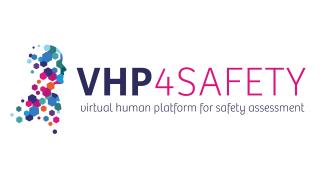Assessing respiratory toxicity using in vitro models
The airways form a barrier for inhaled compounds, however, such compounds may cause local effects in the airways or may lead to lung diseases, such as fibrosis or COPD. Cell models of the respiratory tract, cultured at the air-liquid-interface (ALI) are a relevant model to assess the effects of inhaled compounds on the airways. Such models allow human relevant exposure, which is via the air, and assessment of effects on the epithelial cell layer. At RIVM we use air-liquid-interface cultured cell models and expose these to airborne compounds to assess the effects of agents such as nanomaterials, air pollutants or compounds from cigarette smoke. By using a mechanism-based approach to assess the effects of these compounds we invest in animal-free alternatives that better predict adverse effects in humans.
New

Helpathon #12 – Can you help Erica?

The NAM Navigator: A unique repository for information on the validation and acceptance of New Approach Methodologies
